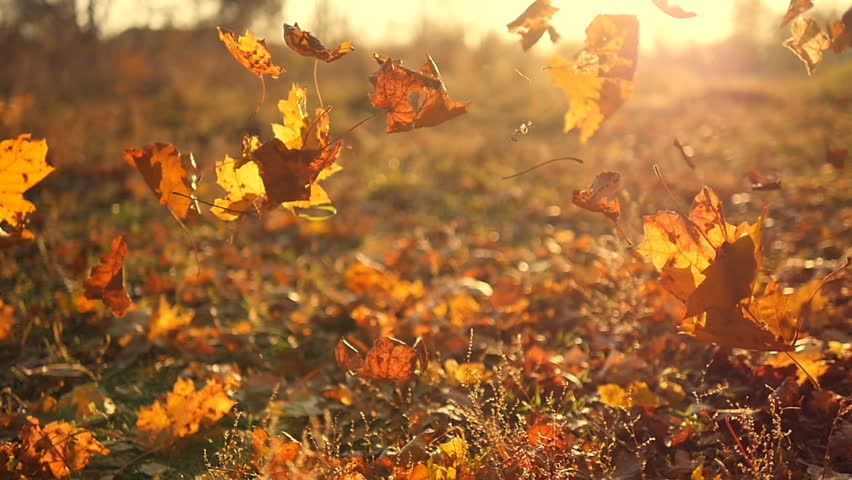
For those who live in the United States, Thanksgiving is just a few short weeks away. Families will gather, friendships will be renewed, and everyone will exclaim what they are “thankful for” or “giving thanks for the blessings they have received during the year.” Enormous plates of food will be served, including turkey, potatoes, and pumpkin pie. Parades and football games will be watched and naps will be taken. No one will leave empty handed and still the counters will be overflowing with leftovers. It’s an American eating tradition.
But of all American holidays, this one is neither tied to our patriotic history, or any religious occasion. It’s just Thanksgiving and its so much more. Throughout history people have gathered together for great feasts celebrating the harvest or the first beers being brewed, or any of a number of celebrations tied to the earth. And anyone who is anyone knows that earth-based anything has its roots in paganism. In case you are unfamiliar with the exact meaning of the word pagan, it must be understood that it was originally a term used to identify anyone who wasn’t a Christian. All of the earth-based old world religions were considered pagan. As time passed the term took on a darker tone and was used to demonize and persecute those who refused to convert.
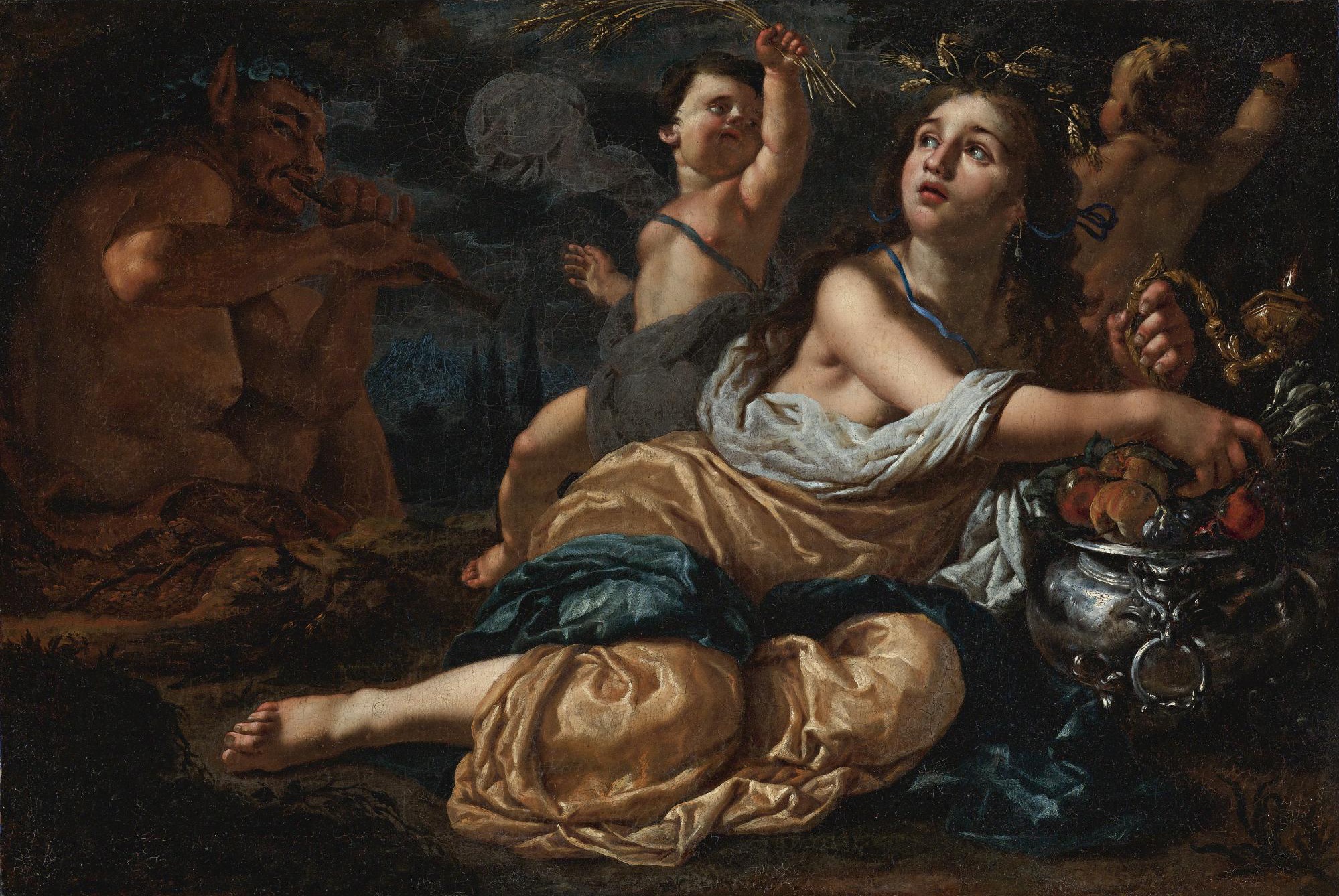
The great civilizations of the past had their own versions of Thanksgiving. The Romans celebrated a holiday called Cerelia in early October. The festivities were included feasting while thanking the Goddess of the Harvest, Ceres. In ancient Greece they honored Demeter. She was the Goddess of the harvest, agriculture, and especially corn. The Celts and Anglo-Saxon’s had many celebrations connected to thanking the Gods for a productive harvest. Lammas, Mabon, and Samhain were the names of the three great harvest festivals of the ancient world. As time progressed, these events were adopted and adapted. In England, an autumnal feast called Harvest Home and was derived from a variant of the ancient Celtic feasts.
But instead building great balefires and worshipping the ancient Gods, the Christians appropriated parts and added others. Harvest Home was a three-day feast that began with a special church service followed a communal dinner. Later, the Puritans would shun Harvest Home as well as Christmas and Easter on the grounds that they had pagan origins. The belief that merging pagan celebrations with Christian doctrine for the sake of converting people didn’t sit well with the common people, once they discovered it. Their religious beliefs as well as the austerity and difficulty of their lives in the rather primitive settlement, did not permit them the luxury of celebration. Their severe living conditions required discipline and sacrifice. Yet the creation of a new holiday that specifically thanked their God for the harvest that enabled them to survive the winter, seemed just fine.
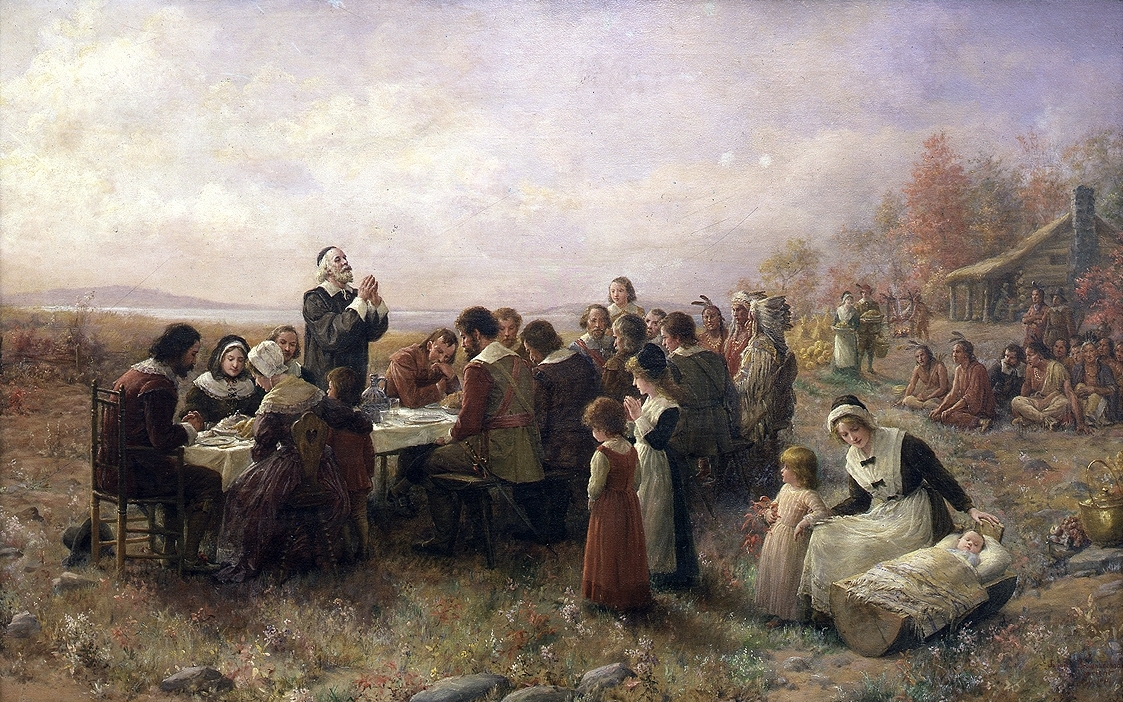
Native American spiritual worship was also considered pagan by the church since it didn’t fit into their one-god doctrine. Yet, the Wampanoag tribe of Native Americans that had their meal with the Pilgrims on that faithful day gave thanks to the many Spirits they worshipped on that day. They gave standing to the precious corn crop for it’s life-giving nourishment. They celebrated Kiehtan the Creator, as well an obvious similarity to the Christian God.
Despite the passing of time, the Christian church has not been able to eliminate Thanksgiving as a holiday, eventually accepting it as a nationalistic day with no connection to the church. Basically they rejected it as another potential stolen pagan celebration that they could repackage to their parishioners. Much like Halloween, Thanksgiving had a deeper root into the lives of the early people than the church could imagine.
Symbols of Thanksgiving & Their Meaning
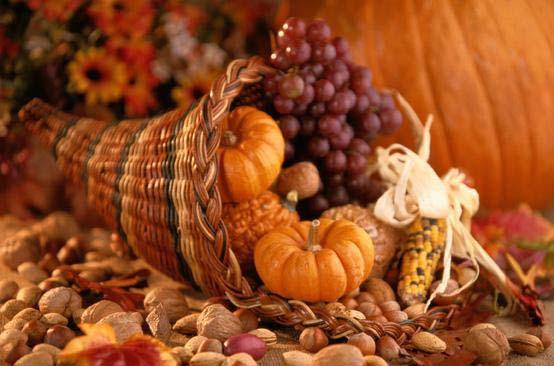
Cornucopia – A Cornucopia is a horn shaped basket, usually filled to the point of overflowing with the bounty of the recent harvest. Items such as fresh fruits, dried grains, and other root vegetables were piled around the opening of the cornucopia to demonstrate “plenty.” So much that the cornucopia has been referred to as the “horn of plenty.” The cornucopia dates back to ancient Greece. In an old tale, Amathea the goat, broke off his horn and offered it to Zeus as a sign of reverence. In return for his loyalty, Zeus interred the image of the goat in the night sky, an image we now known as Capricorn. This tale demonstrates an exchange of gratitude and offering, thanks and giving.
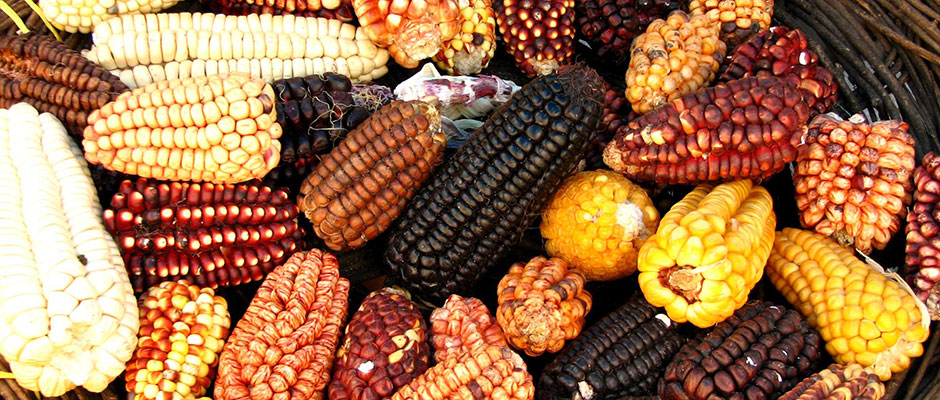
Corn – One of the easiest symbols of Thanksgiving to recognize is corn. Native Americans would know it as maize or maiz. Maize played an important mythological role in many tribes and in some, Corn was a respected deity, while in others, corn was a special gift to the people from the Creator. In addition to its importance as a food source, corn also played a ceremonial role in many tribes, with sacred corn pollen or cornmeal being used as ritual adornment and spiritual offering. It is believed that native Americans had been growing corn a long time before the pilgrims arrived in the new world, and they taught pilgrims how to grow corn and help them survive the bitter winter. Corn was from that day forward, a part of the Thanksgiving dinner, and the tradition continues today.
Turkey – Long before the pilgrims sat down to eat with the native American’s who saved them from starving, the turkey was associated with abundance and being thankful. Some tribes viewed the bird as a sacred symbol of abundance and fertility, one which would serve as the sacrificial guest of honor in various ceremonies. Turkey feathers are a prized possession and are an integral part of ritualistic smudging ceremonies. Animal symbolism is considered powerful medicine among natives and should not be treated disrespectfully. Turkey medicine is strongest in the fall and a visit from a turkey means we should be mindful of the blessings bestowed upon us.

A Few Thanksgiving Facts You Might Not Have Known
The official version states that Thanksgiving started in 1621 with a three day feast by pilgrims to celebrate their survival through their first winter in the new world. It was later made a permanent holiday by President Lincoln in 1863.
President Franklin Roosevelt made one of the only changes to the holiday’s celebration; changing the date from the late Thursday in November to the next-to-last, in hopes that a longer Christmas shopping window would boost retailers profits. The term Black Friday, being the first shopping day of the Christmas season has it’s origins in the same logic FDR worked with.
The ancient Roman celebration of the harvest is called Cerelia, which is the origin of the word cereal that we use today.
Ben Franklin had proposed the turkey as the official bird of the nation, but eventually the bald eagle won out.
The Christmas classic, “jingle bells” was originally penned by James Pierpont for children celebrating Thanksgiving at his Boston Sunday School. It was so popular that it was repeated for Christmas, a holiday which made the song what it is today.
91% of Americans consume turkey on Thanksgiving.
The very first TV Dinner consisted of a Thanksgiving meal – Swanson Foods found themselves with a surplus of frozen turkey after a slow Thanksgiving one year and a senior executive came up with the frozen meal idea – it debuted at $0.98 for the complete meal, a factor which helped establish a permanent market.
The Wednesday before Thanksgiving is the single largest sales day for tavern and bar sales nationwide.
Additional Reading
Old Gods, New Gods and the Blurry Line Separating Myth and Religion
How Samhain Evolved into Modern Day Halloween
Walpurgisnacht – The Night of the Witches
Originally published, November 23rd, 2016. Updated November 10th, 2022, by the original author.
- March’s Full Worm Moon, 2024 - March 24, 2024
- Ostara 2024 – Celebrating Life - March 15, 2024
- Mysterious Waterfalls Around the World - February 16, 2024





bookmarked!!, I really like your blog!
very chill article
“In ancient Greece they honored Demeter. She was the Goddess of the harvest, agriculture, and especially corn”
Corn is native to the Americas, ancient Greeks would have never seen it, or have any idea what it was.
A precise & well-wrtitten post. Thanks heaps for sharing it.
I never thought Thanksgiving is pecan holiday always need to be thankful for each day He gives us God pours his blessing on each of us. I am glad you wrote it I